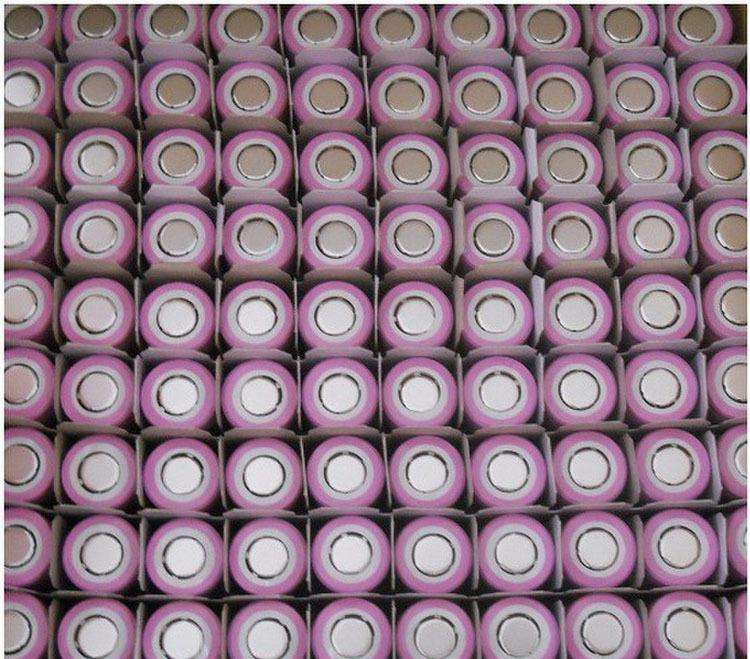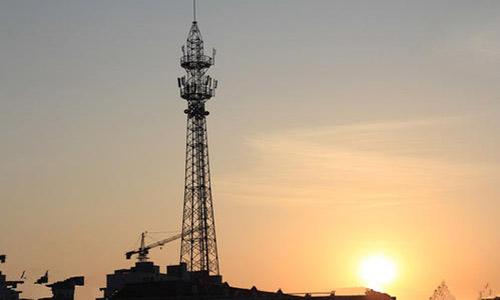Cold Weather Batteries Lithium-Work And Care
Dec 19, 2019 Pageview:1723
Devices tend to have problems when it's cold in winter especially cars. This is not much better with electric cars, which inevitably lose the capacity at freezing temperatures of their rechargeable lithium-ion batteries. Chinese researchers have now provided a strategy to prevent the kinetics of batteries from plunging. They designed a battery system with a cold-resistant hard-carbon anode and a strong lithium-rich cathode, incorporating the essential initial lithiation stage.
In battery technology, non-graphitizable or "hard" carbon is a promising, low-cost anode material. It exhibits fast intercalation kinetics of lithium ions, even at low temperatures. Lithium ions migrate from the cathode through an electrolyte to the anode during charging / discharging of a battery cell and vice versa. When prestored lithium is found in the anodic material, which is often graphite, the volume changes by the incoming lithium ions are spread out to ensure longer cell life and better charge / discharge kinetics. Pre-lithiated hard carbon in lithium-ion condensers has been shown to be a durable material. Nevertheless, the pre-lithiation process is complicated and expensive, requiring a pure lithium electrode. Therefore, Yongkang Wang and his colleagues at Fudan University, Shanghai, China, support alternative pre-lithiation approaches.
Do Lithium Batteries Work Well In Cold Weather?
When it's cold out, rechargeable batteries perform poorly. Researchers have now developed a new lithium-ion battery, which still works at -70 ° C. Such batteries could improve electric car performance in winter, helping to power high-altitude machinery, space stations, and planetary rovers.
Due to poor battery performance, electric vehicles can lose half of their driving range on cold winter days. Lithium-ion batteries maintain just 12% of their energy at –40 ° C. Rechargeable batteries therefore need to be shielded and cooled in the Arctic at high altitudes and in space, or non-rechargeable batteries or supercapacitors need to be used instead.
Lithium-ion batteries perform poorly in extreme cold due to viscous or even freezing of their electrolyte solvents, hampering the transfer of lithium ions between anode and cathode during charging and use. The ions also can not make their way within the graphite anode when it's cold, this is a phase called intercalation. Then, the lithium ions are positioning flammable lithium metal on the surface of the electrode.
Yongkang Xia, a physical chemist at Fudan University, selected ethyl acetate as a cold-tolerant electrolyte solvent to create a rechargeable battery that would operate safely and sustain efficiency in extreme cold. The freezing point of ethyl acetate is –84 ° C, and when it's cold it doesn't become viscous. A previous paper showed that ethyl acetate could be used in a lithium-ion battery, but at low temperatures, these researchers did not investigate its use. So Xia tried it. But the battery still performed poorly at low temperatures when its team combined the solvent with conventional electrodes.
First, Xia's team mixed the solvent with organic material electrodes rather than traditional inorganic ones. While charging the battery, the material of the polyimide anode undergoes a reaction that allows lithium ions to bind to it, while counter anions are absorbed into a cathode of poly-triphenylamine. The reaction is reversed when the battery discharges, lithium ions are released, and the anions are desorbed. The resulting organic battery works from 50 ° C to-70 ° C. And at –70 ° C, the battery maintains 70% of its storage capacity for room temperature.
Maintaining output over such a large temperature range is remarkable.
Can A Lithium Battery Freeze?
For empty lithium-ion batteries (0 percent) should never be drained. Lithium ion batteries should not be frozen, according to research and studies. Remember that most lithium-ion battery electrolytes freeze at about ?40 ° C, which is much colder than most household freezers ' lowest temperature.
The information I've seen shows that if you freeze a fully charged lithium battery then bring it back to normal operating times (room temp) between 10% and 40% degradation. The same papers, however, state that any permanent damage is marginal (1-3%). Just make sure when it's at room temperature, you load it and use it!
Li-ion batteries are a non-aqueous type of chemistry (they do not contain water) and so far as I know they are mostly made up of solid electrodes and electrolytes, so below freezing temperatures should have no noticeable mechanical effect on performance or life. A lower temperature will lower the performance, but it will also lower the cell's discharge rate. While high temperatures can easily destroy a Li-Ion cell, I don't think temperatures -40C+ would damage anything like a laptop or cell phone battery.
What Type Of Battery Works Best In Cold Weather?
There are 3 batteries that work best in cold weather;
1-ULTIMATE ENERGIZER LITHIUM AA BATTERY-L91
The Energizer Ultra Lithium AA is the way to go if you're looking for the best trail camera battery life all season. This AA battery is the option of seasoned hunters who don't want to walk out to their cameras to constantly change the batteries. You will have more snaps and longer life than with other batteries of cold-weather camera path.
The Lithium Ultimate AA is rated at -40 ° F! If it gets that cold, by going out and picking up your frozen bucksicle exactly where your camera told you it would be, you can save on ammo.
The L91 is more expensive than others on this list, but you can order in bulk (12 +), save some money, and keep on the shelf a stockpile of the BEST cold weather batteries.
2-ENERGIZER ALKALINE AA BATTERY INDUSTRIAL – EN91
If you are looking for something specific for digital cameras in extreme temperatures, the Energizer Industrial Alkaline AA E91 has been designed specifically for LED lights and digital cameras in extreme temperatures as low as 0 ° F.
This is after the L91 your next best option. You're not going to get the same longevity and reliability as the L91. If you're in Wisconsin, Minnesota or in colder climates, night time weather may threaten the rating of the EN91. But this is more than able to do the job on cool evenings and dips below freezing for milder climates.
3-MAX AA ALKALINE BATTERY ENERGIZER – E91
A battery like the Max E91 AA Energizer is a solid choice for the battery life of the cold weather. Often rated as 0 ° F, the E91 Max AA is not quite as durable as the EN91–and not specifically designed for digital cameras. It's a step below the above two batteries, but it's still one of the best against the rest of the field.
As one of the best trail cameras AA batteries, the E91 can harden the cold as long as you like.
- Prev Article: Dog Ate Lithium Battery-Care for Pets and Batteries
- Next Article: Liquid Lithium Ion Batteries 18650-Defination And Comparison
Leave Message
Hottest Categories
-
Hottest Industry News
-
Latest Industry News












